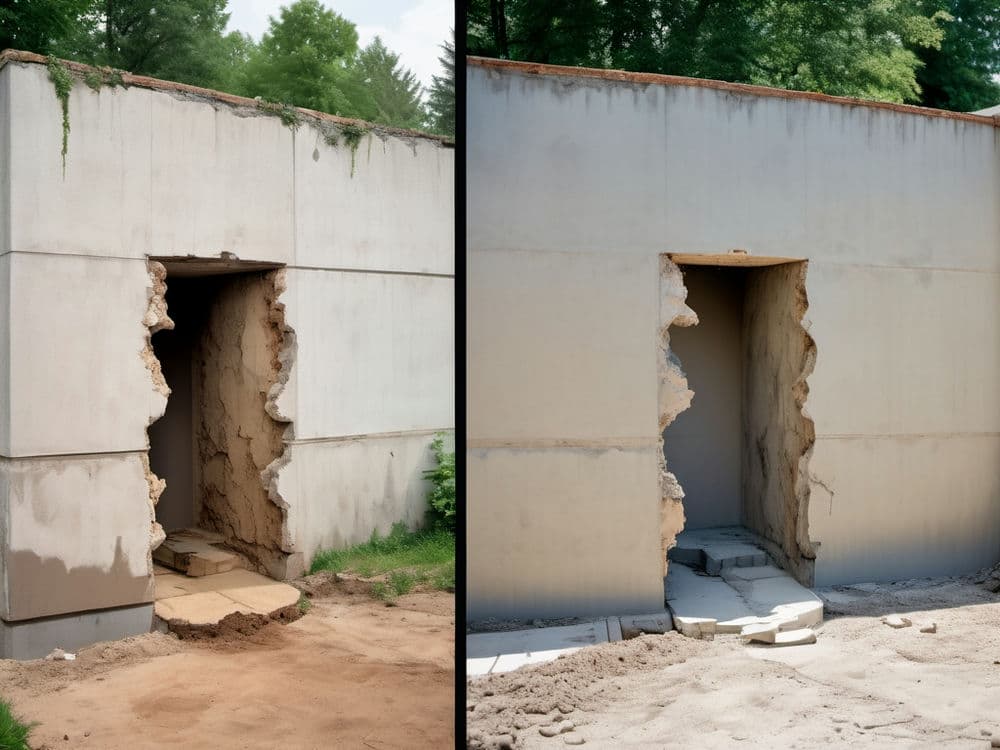

Standard square shaft helical piles are typically constructed using small equipment such as a skid-steer loading machine or excavator with an hydraulic drive head. This allows for faster installation but also eliminates the need for extensive ground preparation. The operator plays a crucial part in making sure that the piles are properly placed, using both visual signals and the assistance of ground workers.
One of the most important factors in helical pile construction is achieving the desired load capacity. This is when the relationship between the installation tension and capacity is crucial. The most modern torque gauges, like those from Chance Digital Torque Indicator, play a pivotal role in this process by providing precise measurements, and removing the uncertainty associated with estimates of pressure in hydraulic systems.
The operating speed during installation is crucial, usually ranges between 8 and 16 RPM. This controlled speed makes sure that the pile is moving about 3 inches per revolution, which is in line with the helical plates' pitch. If the pile isn't moving as expected, adjustments like increasing downward thrust or adding larger helical plates are made to prevent spinning out like a screw stripping its threads.
Earth anchors—more than helical piles and ground screws—help make ground-mount solar more profitable Solar Power World
Posted by on 2017-08-14
Every Deck Starts with Good Footings Fine Homebuilding
Posted by on 2016-06-17
The variety of helical piles is another factor contributing to their growing popularity. They can be used in a wide range of soil kinds, including those that are challenging for traditional foundations. Their flexibility makes them an ideal option for sites with problematic soils, high water tables, or restricted access. Additionally, their design can be tailored to particular needs for load which makes them suitable for a wide range of projects, from small residential buildings to large-scale industrial projects.

The landscape of modern construction is constantly changing, with new technologies and methods continually emerging to tackle the challenges in the 21st century. Among these innovations, helical piles have gained considerable attention as they offer an effective and flexible foundation that can meet the diverse needs of contemporary construction projects. This article focuses on the multitude of ways the helical piles have been laying an excellent basis for the construction industry's next generation.
In addition to their primary advantages, helical piles are also equipped with additional advantages that solidify their position in modern construction. These include:
These additional advantages, when combined with their main benefits are what create Helical piles an extremely versatile and reliable foundation choice for a range of construction projects.

Speed of construction is among the most significant advantages of helical piles. In contrast to conventional foundations which require long excavation and curing they are installed quickly and often in just hours. This speedy installation not only saves time, but also lowers the cost of labor which makes the projects more affordable.
Another advantage of helical piles lies in their low environmental impact. Their process of installation is more secluded, which results in lesser soil disturbance. This feature is particularly beneficial in sensitive ecological areas or urban settings where maintaining the integrity of the environment is essential.
Based on the strength and foundation of the helical piles and their use in construction projects brings a number of specific advantages. They can be described in the following manner:
These factors highlight the many benefits of making use of Helical piles in highlighting their role in improving sustainability, efficiency, and cost-effectiveness in construction.
